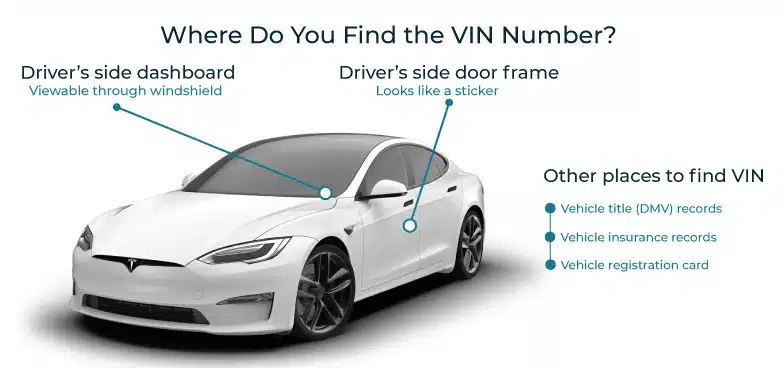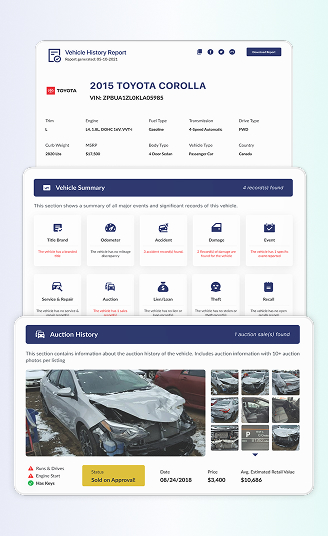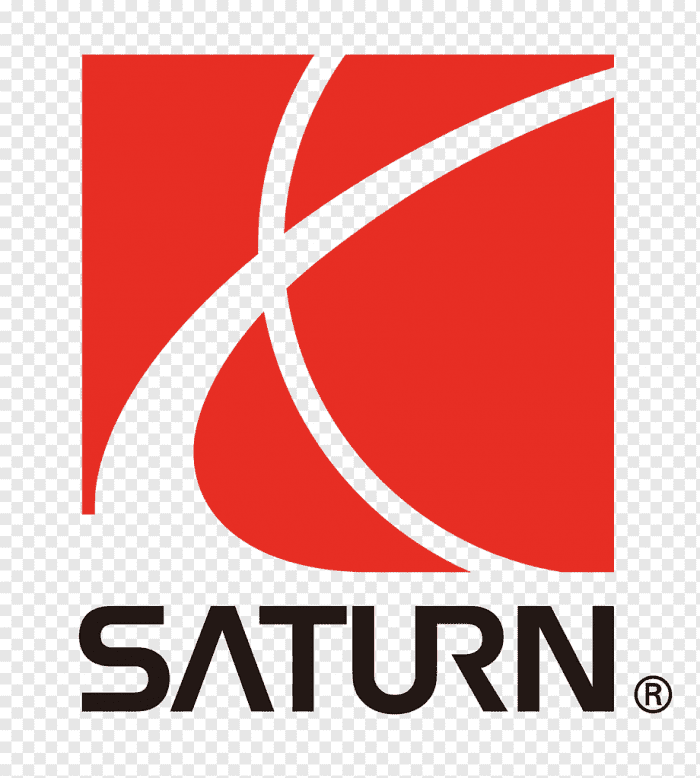
Saturn Recall Check
Even if your Saturn’s been a faithful daily for years, it could still have an open recall. The good news? Recall fixes are free at GM dealers, no matter the car’s age or warranty status.
What is a Saturn Recall?
Remember Saturn? The GM brand is known for no-pressure showrooms and plastic body panels that shrugged off parking-lot dings. GM killed the brand during the 2008–2010 crisis to focus on core divisions, but Saturn vehicles remain under GM’s recall umbrella. That means safety isn’t optional or “expired.”
A Saturn recall is an official GM/NHTSA action to fix a defect that can raise crash risk or violate safety standards, with repairs performed free at dealers. The notorious ignition-switch defect shows why checking your VIN is still smart, years later; issues can surface.
Why You Should Check the Saturn Recall History?
Because “it drives fine” isn’t the same as “it’s safe.” Recalls catch hidden problems that don’t always show up on a test drive, such as switches that can shut the engine off, shifter cables that can pop, liftgates that can drop, and even steering assist that can quit mid-turn.
A quick VIN check tells you what’s open, how risky it is, and the exact remedy. So you can plan the free repair and get on with life.
Below are some more reasons why you should check the recall:
Avoid Unsafe Saturn
Saturn recalls happen when a car doesn’t meet safety standards or has defects that could cause harm. From small defects to major safety risks, acting on a Saturn recall quickly prevents accidents, keeps you safe, and guarantees free repairs.
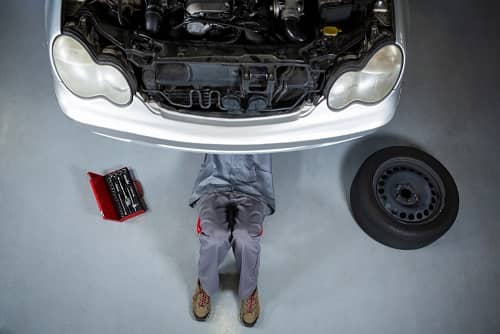
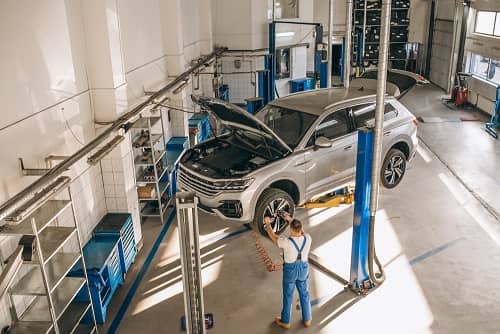
Compliance
Checking a Saturn’s recall history is essential for safety and compliance. Manufacturers must fix defects for free, so staying proactive helps you avoid legal liability, protect resale value, and prevent insurance complications while keeping you and your passengers safe.
Check Common Safety-Related Issues
Checking your Saturn recall history is essential for uncovering safety issues, including ignition switch defects, problems with electric power steering, faulty Takata airbags, and transmission failures. Hidden defects may not show immediately, but can lead to danger if ignored. A Saturn recall check keeps you safe, compliant, and confident every time you drive.

How to Run Saturn Recalls
Discovering your Saturn recall report is just a minute away! Follow these easy steps to get the information you need quickly and effortlessly:

Locate Your Saturn VIN
Your VIN is a 17-character code. You can see in the driver’s side dashboard (look through the windshield), driver’s door jamb sticker, on the title, registration, or insurance card. Our lookup works for every Saturn. Yes, even though the brand was discontinued, recalls are still handled by GM.
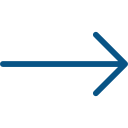

Fill in the Form
Type your VIN in the form above to start the Saturn recall check. No VIN handy? Use your license plate number instead.


Receive Your Saturn Recall Report
Give it a moment. We’ll generate your Saturn recall report and show any open recalls, what they mean, and what to do next regarding the recalls.
What is on the Saturn Recall Check?
In the Detailed Vehicle History, a Saturn recall check shows detailed information about safety recalls affecting your vehicle. Each record outlines when the recall was announced, which component is impacted, and what action you should take.
Read further to see the detailed breakdown:
- Date of recalls: Indicates when Saturn and NHTSA issued the recall.
- Affected Component: Lists the exact component, giving clarity on the defect and expected repair process.
- Consequences: Highlights the dangers of ignoring the defect, including accidents or costly damage.
- Next step for the affected Saturn: Confirm if your Saturn is listed under the recall and schedule repairs. With a complete Vehicle Report, you’ll also see past recalls and repair status.
A Saturn vehicle history report also includes title history, lien or loan records, auction history, theft records, and more. Review the records below for the detailed breakdown:

Title History
Wondering if your Saturn has a branded title? Use our VIN check tool to discover any fire, flood, salvage, lemon, or rebuilt titles to ensure you’re buying a reliable vehicle.
Lien & Loan Records
Before purchasing a Saturn, verify that it has no existing lien or loan records. This ensures there are no financial obligations tied to the vehicle that could affect you.
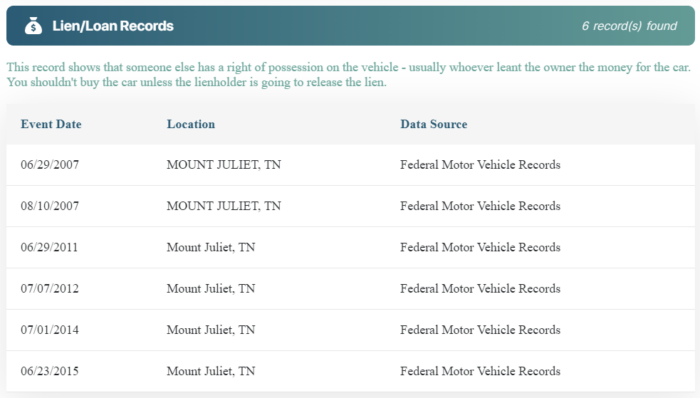
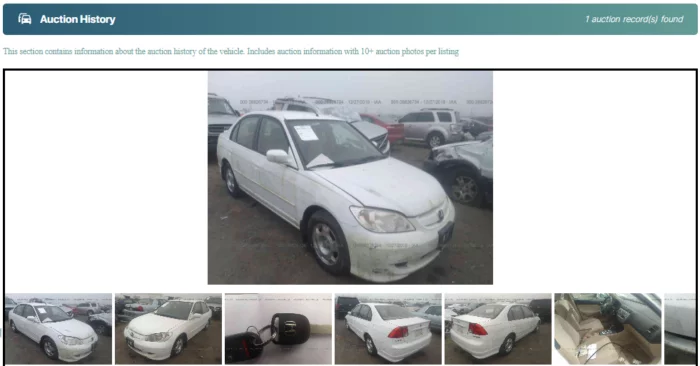
Auction History
Explore the auction history of your Saturn, including auction dates, prices, seller type, and locations with +10 photos available. This gives you a full overview of the car’s past transactions and condition.
Theft Records
Check if your Saturn has been reported stolen. The report provides details on the theft date, location, and whether the vehicle was recovered, helping you avoid purchasing a problematic car.

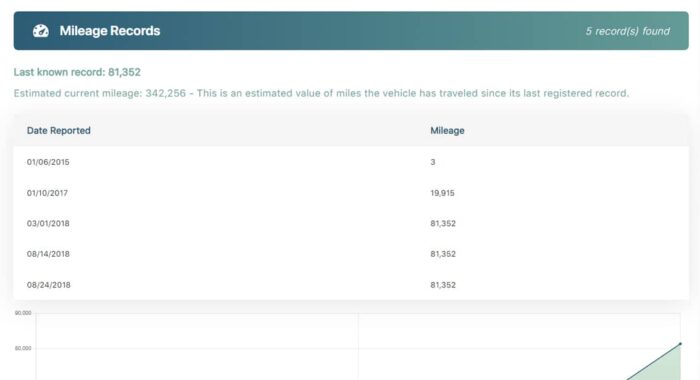
Odometer History
Check the mileage history of your Saturn to ensure the odometer reading is accurate. Avoid buying a vehicle with rolled-back mileage and make a smart, informed decision.
Accident History
See police reports and insurance-total loss events tied to your Saturn VIN. Knowing prior damage helps you judge structural safety and whether a recall-related symptom might actually be crash-related.

Common Issues Leading to Saturn Recall
Saturn vehicles have faced several recalls due to safety and reliability concerns. Common issues include Ignition issues, electrical failure, shift cable fracture, or other notable issues. Below are some of the causes behind the Saturn recall notices.
Ignition & Rollaway Risks
The ignition switch can slip out of “RUN.”
On some 2003–2007 Ion and 2007 Sky, the switch could rotate out of RUN from road shock or heavy keychains. That can stall the engine, cut power assist, and disable airbags. The remedy is to replace the ignition switch/keys. This recall was under the NHTSA 14V-047.
The Key Can Be Removed When Not In Off (Rollaway)
Ignition wasn’t off, so the car might roll if not secured. Remedy: repair/replace lock cylinder; updated parts. This recall was under the NHTSA 14V-490 and affected some of the Saturn Ion (2003–2007) and Saturn Sky (2007–2010). Similar issues also seem in the Chevrolet Cobalt (2005–2010), Chevrolet HHR (2006–2011), Pontiac G5 (2007–2010), Pontiac Solstice (2006–2010), alongside
Steering Assist Loss
Electric power steering (EPS) can suddenly stop assisting.
All 2004–2007 Ion models with EPS could lose assist without warning. You can still steer, but it’s much harder at parking speeds. Remedy: replace the EPS motor/column/controller as specified. This recall was under the NHTSA 14V-153.
Gear Selection/PARK Problems
Shift cable fracture.
2007–2008 Aura with the 4-speed automatic (ME7/MN5): the transmission shift cable can crack and separate. The gear shown may not match the actual gear, and PARK may not hold. Remedy: new shift-cable kit and bracket. This recall was under the NHTSA 14V-224.
Fuel Leaks and Fire Risk
The fuel pump module port can crack in hot-weather states.
2007 Ion (plus sibling models) sold or registered in AZ/CA/FL/NV/TX: plastic ports on the module can crack, causing fuel odor or leaks; fire is possible if there’s an ignition source. Remedy: recall or special coverage depending on the state; replace parts as directed. This recall was under the NHTSA 12V-459.
Fuel line fitting can crack (regional)
2006–2007 Ion in certain hot-weather states: modular reservoir assembly (MRA) ports may crack and leak fuel. Remedy: replace pump module; related parts per updated bulletins. This recall was under the NHTSA 09V-419.
Other Notable Issues
Power liftgate struts may wear, and the gate can fall
2007–2010 Outlook (with power liftgate) shares a GM campaign: gas struts can lose force; the prop-rod system may not prevent a sudden drop. Remedy: software/strut updates per campaign. This recall was under the NHTSA 15V-415. Similar issues also appear in Buick Enclave (2008–2012), GMC Acadia (2007–2012), and Chevrolet Traverse (2009–2012).
Understanding the Saturn Recall Process
It starts with data. NHTSA reviews owner complaints, crash info, and service records. When evidence shows a safety defect, GM (which supports Saturn recalls) is required to issue a recall, ship parts to dealers, and repair your car at no cost.
See the steps of their process below:
Report the Problem
Notice something unsafe on your Saturn? File a complaint with NHTSA. Your report is logged against the VIN, compared with others, and if many stories match, it can trigger a formal investigation.
Investigation
Once a complaint is submitted, the NHTSA follows a multi-step process to determine whether a recall is necessary.
- Screening: Complaints from vehicle owners are examined for credibility and evidence to decide if further investigation is justified
- Analysis: Defect petitions are reviewed in detail. If denied, the decision and reasoning are publicly posted in the Federal Register.
- Investigate the Issues: When Saturn’s safety concerns are confirmed, NHTSA launches a formal investigation, ending in either no defect or a recall.
- Recall Management: NHTSA ensures owners are notified and monitors repair completion rates.
Recalls
A safety recall means the manufacturer must inform owners and correct the problem. Recalls happen when a vehicle or component is unsafe or doesn’t meet regulations. Most are voluntary, and manufacturers are required to repair, replace, refund, or buy back the affected vehicle.
How Saturn Vehicle Recalls Are Handled
When a safety issue occurs in a Saturn, three key groups are involved in the recall process: the manufacturer/ automaker, NHTSA, and you, as the vehicle owner. They work together to detect defects, notify drivers, and ensure repairs are completed to keep vehicles safe.
Automaker Role
GM, as the parent company, finds the problem (through testing, field reports, or supplier data), confirms it’s a safety defect, and files the recall. They design the fix, source parts, and send repair instructions to Chevrolet/Buick/GMC/Cadillac dealers who still service Saturns.
GM also mails or emails owner notices, runs a VIN database so dealers can verify eligibility, and reports completion rates. If you already paid for the repair before the recall, GM usually sets a reimbursement process and a deadline. In short, they own the defect, the remedy, the parts, and the paperwork.
NHTSA’s Role
NHTSA tracks complaints, opens investigations when patterns appear, and oversees GM’s recall filing and timelines. They review defect reports, recall notices, and whether the fix actually reduces the risk.
NHTSA hosts the public VIN lookup and posts recall numbers and documents so anyone can read the details. If communication is slow or incomplete, NHTSA can push the automaker to act faster or expand the scope. Their role is watchdog and referee. Making sure safety comes first and the process is transparent.
Your Role as the Vehicle Owner
Your job is simple but important. Keep your contact info up to date so notices reach you. Check your VIN on the Saturn Recall check a couple of times a year (or before a long trip or sale). If there’s an open recall, call a GM-brand dealer, book the free fix, and bring the letter if you have it.
Ask about parts availability and how long the visit will take. After the repair, save the receipt in your records. If you already paid for the issue, ask about reimbursement. And if something feels unsafe, report it to NHTSA. Your report can help others.
Get Saturn Window Sticker by VIN
You’ve handled the safety part. Now grab the window sticker to see the rest: factory options, packages, colors, powertrain, safety features, fuel economy ratings, and original MSRP. It’s the easy way to confirm authenticity, compare trim levels, and spot hidden value or missing features.
Perfect for Saturn shoppers, classic fans, or anyone who wants the full story before signing. Start with your VIN and get the label that answers everything.
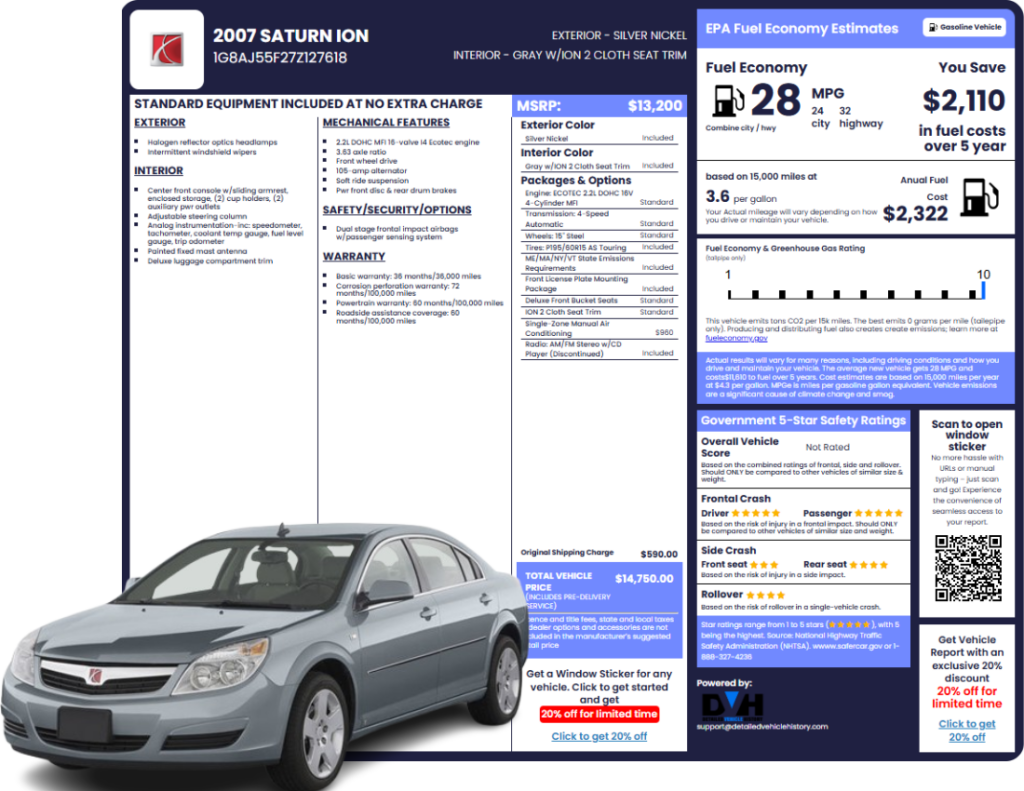
Why Use Detailed Vehicle History to Check Saturn Recall?
Recalls are only part of the story. With Detailed Vehicle History, your VIN search shows open and past recalls plus the things sellers forget to mention, such as title history, lien or loan records, theft records, and even auction history with +10 photos (when available).
Clear facts, one report. Check your VIN now and make safer choices with confidence, whether you’re buying, selling, or just keeping your car in top shape.
Recall Check For Others Manufacturers
FAQ about Saturn Recalls Check
Are Saturn recall repairs really free? even out of warranty?
Yes. Safety-recall remedies are free at authorized GM dealers and recorded against your VIN. Keep your paperwork.
Which Saturn models saw the biggest recalls?
As of September 2025, the biggest recall based on the models is:
- Ion (2003–2007) and Sky (2007) for ignition-switch issues,
- Ion (2004–2007) for EPS power-steering assist loss,
- Aura (2007–2008) for shifter cables,
- Outlook (2007–2010) for liftgate struts and,
- Vue (2002–2004, 2008 batch) for ignition/park defects.
Is it safe to drive my Saturn with an open recall?
Generally yes, unless the notice says “Do Not Drive” or your dealer advises otherwise (rare but serious). Schedule repairs ASAP to reduce risk and protect value.
What happens if I ignore a Saturn recall?
You’re gambling with safety, and it can hurt resale. Open recalls can also complicate insurance or dealer trade-ins. The fix is free; the peace of mind is priceless.
Will GM reimburse me if I already paid for a repair that becomes a recall?
Often, yes. Keep invoices and submit a reimbursement request per the owner’s letter. Many GM bulletins outline reimbursement windows and steps.
Do Saturn recalls expire?
Safety recalls don’t “expire,” though older vehicles may face parts delays. Limited service campaigns (non-safety) can have time/mileage limits. A different thing. Check your VIN for status.
Can multiple Saturn recalls be done in one visit?
Usually yes. List every open campaign when scheduling so the dealer can pre-order parts and close them together.
Do Saturn recalls affect my warranty?
No. Recalls sit outside normal warranty; they’re mandated safety fixes at no charge.
Does a salvage/rebuilt-title Saturn still get free recall repairs?
Typically yes, as long as the car is safe to work on. Some dealers may review heavily modified or unsafe vehicles first.
How long do Saturn recall repairs take?
From a quick software/inspection visit to a few hours, or longer if parts are back-ordered. Your dealer can give a realistic timeline.
Who do I contact for Saturn recall help? GM or Saturn?
Contact GM, not Saturn. The brand is discontinued, and GM dealers (Chevrolet, Buick, GMC, Cadillac) handle all Saturn recalls. Call any GM dealer with your VIN, confirm parts, and book the repair.
How do I look up recalls by VIN number for my Saturn or other GM vehicle?
Use the official NHTSA VIN tool. Enter your 17-character VIN to see any open safety recalls from roughly the last 15 years. Saturn VINs work there, and GM’s Owner Center also supports Saturn, Pontiac, HUMMER, Saab, etc.
But why stop there? You can run our SAturn recall check by VIN number for a fuller report (title, mileage, accidents, service) on any GM brand, even a classic that is more than 15 years ago and has less than 17-character VIN, and discontinued GM brands and models.
How do I find out if a used car has any open recalls before I buy?
There’s no federal ban on selling used cars with open recalls, so it’s on the buyer to verify and plan the free remedy when eligible. Our report can bundle the recall check with ownership, lien, title, odometer, and accident info to help you decide fast.
Can I check recalls by license plate if I don’t have the VIN handy?
NHTSA’s recall lookup requires a VIN. If you don’t have it, use our tool: we can look up your plate (where available), match it to the VIN, and show recall status plus a broader vehicle-history report (accidents, title brands, service notes, and even auction detail with up to 10 photos). That way, you still see any open recalls before you buy or book repairs.
What happens if my car is recalled and there’s no fix yet?
Automakers sometimes announce a recall before the remedy is ready. You’ll get an interim letter with safety instructions (for example, charge limits or parking outside) and a second letter once parts are available. Follow the interim guidance and stay in touch with your dealer for scheduling.
Can a dealer refuse a recall repair or say ‘no parts available’? What should I do?
If parts aren’t ready, dealers will wait for GM’s remedy and owner letters. By law, the free-repair requirement generally applies to vehicles first sold ≤15 years ago; older vehicles may not qualify for a free remedy, though some makers still help. If you’re stuck, contact GM customer care and file a complaint with NHTSA.
Will I get a loaner car during a Saturn/GM recall repair?
A free loaner is not guaranteed by law. Some makers or dealers provide one as a courtesy (especially for “do-not-drive” recalls), but it varies by recall and location. Ask your dealer when you book the repair.
What is a ‘silent recall’ or service campaign, and how is it different from a safety recall?
A safety recall is a legally mandated fix for a safety defect or non-compliance; owners are notified, and an official NHTSA record exists.
A service campaign/TSB (sometimes called customer satisfaction) is manufacturer communication to dealers about non-safety fixes or updates; it may be time-limited and isn’t the same as a recall. Ask a dealer to check your VIN for both.
If a recall can’t be fixed, can my car be bought back or replaced?
Federal law allows several remedies: repair, replace, or refund (usually purchase price minus depreciation). The automaker chooses the remedy and coordinates the process; NHTSA oversees compliance.
Are any GM vehicles being recalled for fire risk right now?
Yes. As of September 2025, GM recently recalled around 23,500 Chevrolet Corvettes (certain Z06/ZR1) over a fuel-spill fire risk during refueling; dealers will install a shield to keep spilled fuel away from hot components. Check your VIN to confirm coverage.
Which GM vehicles (if any) have no recalls on record?
Some individual VINs may show no open recalls even if the model had recalls in the past. Use our VIN tool to confirm your specific vehicle’s status.
Which GM engines have had recall actions or widespread issues (e.g., lifters, fuel pumps)?
Recalls are issued at the vehicle level, even when the defect involves an engine or fuel system part. GM has conducted fuel-system recalls (e.g., fuel-pump module cracking/leaks on certain small cars), but many “lifter” concerns have been handled via service bulletins rather than federal safety recalls. Always check your VIN for recall status and ask a dealer about TSBs.

